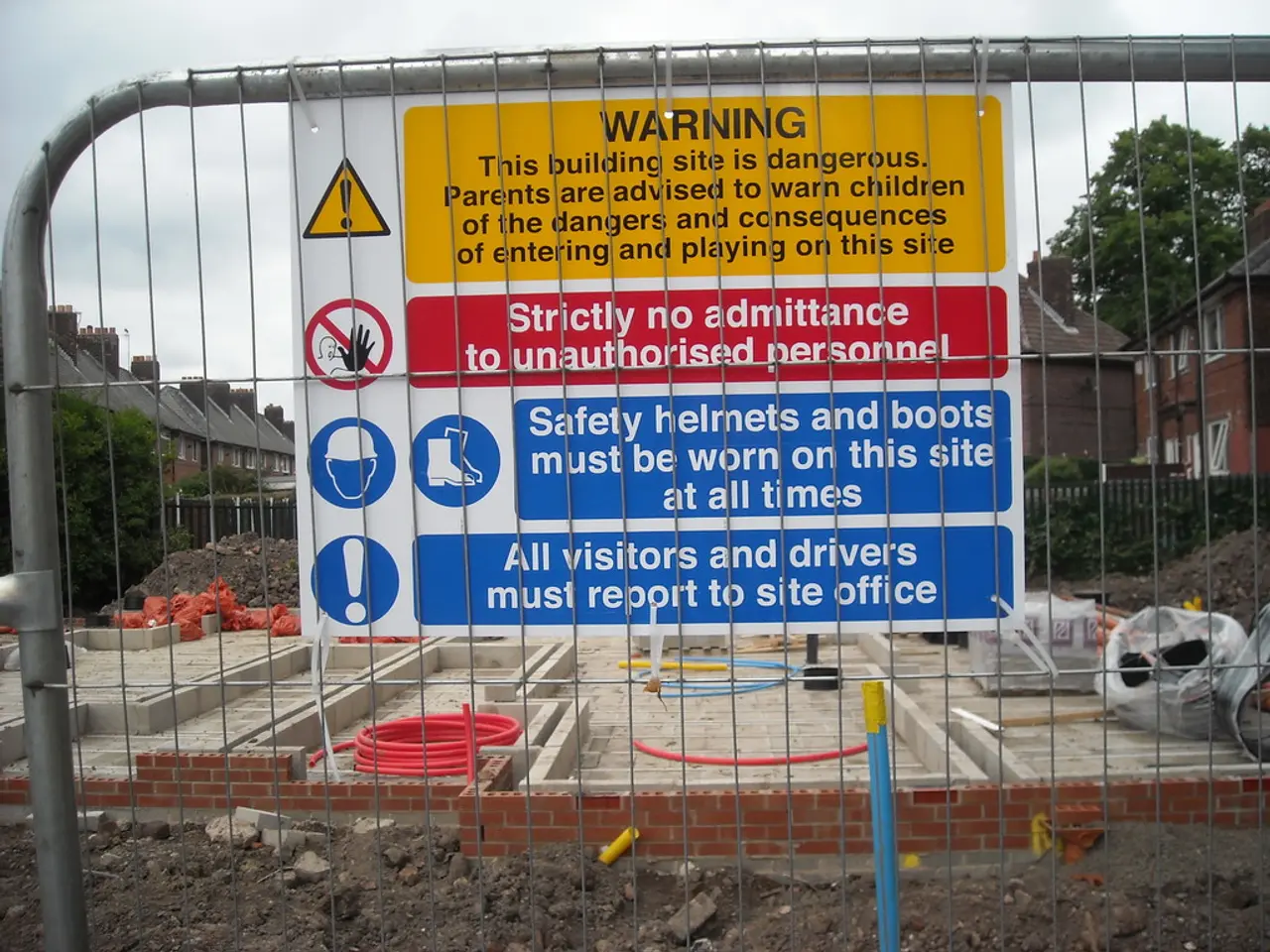Investigating the Variety of Bus Transportation Models: A Detailed Explanation
Exploring the Differences Between Shuttle, Coach, Tourist, and Intercity Buses
Traveling by bus is a popular choice for group travel, whether it's for tours, school trips, sports teams, or simply exploring new destinations. In the modern world, various types of buses cater to different needs, each with its unique characteristics in terms of routes, sizes, and amenities.
Shuttle Buses
Shuttle buses are designed for short-distance transportation within a specific area. They typically operate on fixed routes between two points, such as airport to hotel, university campuses, or workplaces. Shuttle buses are generally smaller or mid-sized to accommodate frequent short trips with groups, and they often provide direct transport with few or no stops along the way.
Tourist Buses
Tourist buses, a type of coach bus, are used for sightseeing trips where tourists visit landmarks and scenery. They travel specific tourist routes rather than between cities. Tourist buses are larger coaches with seating capacities comparable to coach buses. They are equipped with oversized glass windows or open rooftops for better views, public announcement speakers for guides, and sometimes additional comfort features to enhance the sightseeing experience.
Coach Buses
Coach buses, including long-distance and deluxe coaches, are designed for long-distance travel, usually between cities or states. They offer more comfortable seating and amenities such as reclining seats, entertainment systems, charging points, restrooms (especially on sleeper coaches), blankets for overnight journeys, and sometimes WiFi. Sleeper coaches even have bunk beds for overnight trips.
Intercity Buses
Intercity buses serve longer-distance travel between cities, often with scheduled stops on the way. They can function as national or regional coach services covering routes of several hours. Intercity buses are generally large coaches similar to coach buses, and amenities vary widely—some provide WiFi and onboard commentary, while others offer just basic seating.
To better understand the distinctions between these bus types, here's a summary in table form:
| Type | Typical Route | Size | Amenities | |----------------|--------------------------------|----------------------------|-------------------------------------------| | Shuttle Bus | Short route between 2 points (airport, university, workplace) | Small to mid-sized | Basic seating, minimal amenities | | Tourist Bus | Sightseeing routes | Large coach size | Large windows, open rooftops, PA system | | Coach Bus | Long-distance interstate/state | Large (20-56+ seats) | Reclining seats, entertainment, restrooms, sleeper berths (on sleeper coaches) | | Intercity Bus | City-to-city travel with stops | Similar large coach size | Varies: from basic seating to WiFi, commentary |
Each bus type's primary function reflects its unique characteristics. Shuttle buses focus on short, frequent trips, tourist buses on enhanced sightseeing comfort, coach buses on long-distance passenger comfort including overnight travel, and intercity buses on efficient city-to-city transportation with varying levels of amenities.
For those seeking quick and economical travel with impeccable service, Northwest BUS, a trustworthy intercity bus service provider in Saudi Arabia, offers dependable and comfortable travel for both short city trips and long-distance journeys. Bus transportation remains a convenient and cost-effective way to explore new destinations.
Finance plays a significant role in the transportation industry, as bus companies require funds for purchasing new vehicles, maintaining fleets, and hiring staff.
In the realm of finance, understanding the differing needs and demands of various bus types – shuttle, tourist, coach, and intercity – is crucial for transport business planning and investment strategies.




